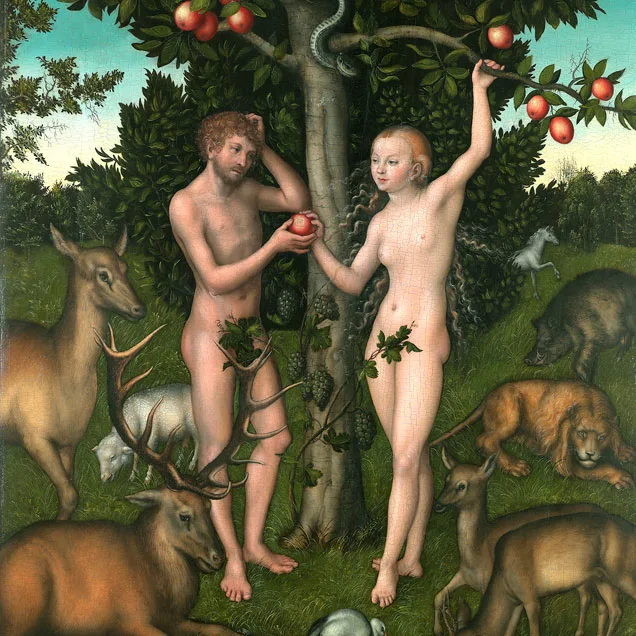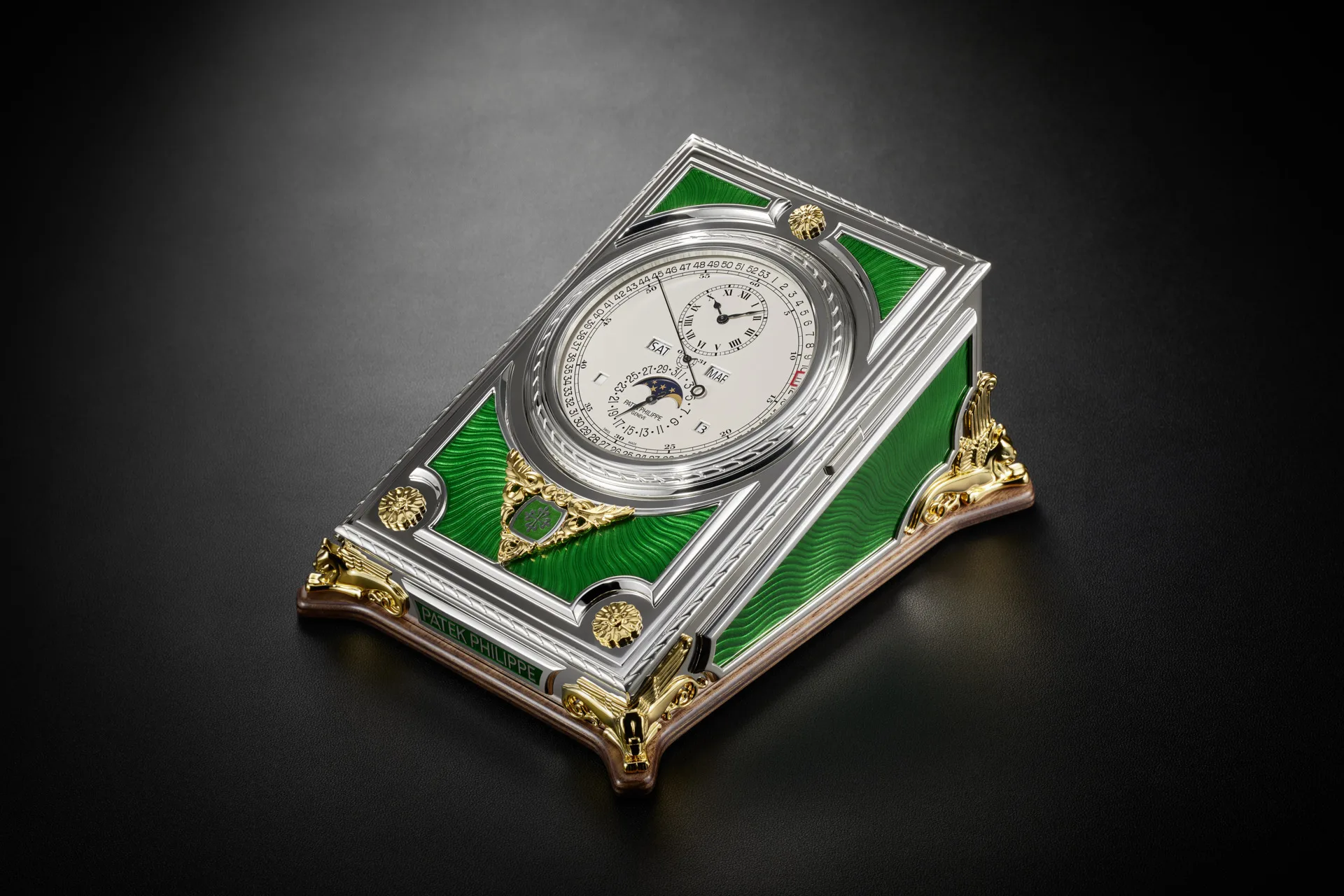The first exhibition in the UK exploring sin in art is currently being staged at the National Gallery. As stated by the Gallery, “Sin has permeated life since the earliest days. But until now the story of its relation to art has never been told.” While the concerns, ambiguities, perceptions and representations of sin extend across world religions and those of no faith, Sin primarily explores this concept within a Christian concept, bringing together a total of 14 works, some from the National Gallery’s own collection -dating from the 16th to the 18th century- and some as loans from important private and public collections.
Tracey Emin’s neon work It Was Just A Kiss shows alongside Andy Warhol and Ron Mueck, next to paintings by Jan Breughel the Elder, Hogarth, Gossaert, Velázquez, Jan Steen, Bronzino, Holman Hunt and the Gallery’s recently acquired Venus and Cupid by Lucas Cranach the Elder.
The exhibition logically starts with The Garden of Eden, by Jan Brueghel the Elder (1613) and Adam and Eve by Lucas Cranach the Elder (1526). Both pictures are ambiguous as they tell and warn the viewer about sin and yet portray the naked body as seductive and a potential source of temptation. Each piece of art presents a totally different perspective of what sin is.
According to the dictionary, sin is an immoral act considered to be a transgression against divine law.

One of the paintings by Pieter Bruegel the Elder depicts the Bible story of how the Pharisees, in an attempt to discredit Jesus, brought a woman accused of adultery to Jesus and reminded him that adultery was punishable by stoning. Jesus thought for a moment and said, “he who is without sin among you, let him cast the first stone at her.”
Many artists over the centuries have sought to depict the seven deadly sins: pride, greed, lust, envy, glutton, wrath and sloth. In his painting Tête à Tête (part of the Marriage A-la-Mode series), William Hogarth depicts a “couple of convenience” where the husband is being clearly unfaithful. The only picture without any trace of sin is The Immaculate Conception by Diego Velázque (1618-19).
It is a stunningly beautiful portrayal of the Virgin Mary, standing looking totally serene, crowned by 12 stars, the sun behind her. The controversial doctrine states that God created Mary free from original sin, making her unique among humans. The garden, fountain temple and ship, visible through the translucent moon, all allude to Mary’s sinlessness.

This may be a small exhibition, but it has enough to make a deep impression on the viewer and provide for much material for reflection and discussion, and why not? to consider what sin means to you.
Words: Lavinia Dickson-Robinson

















Show Comments +